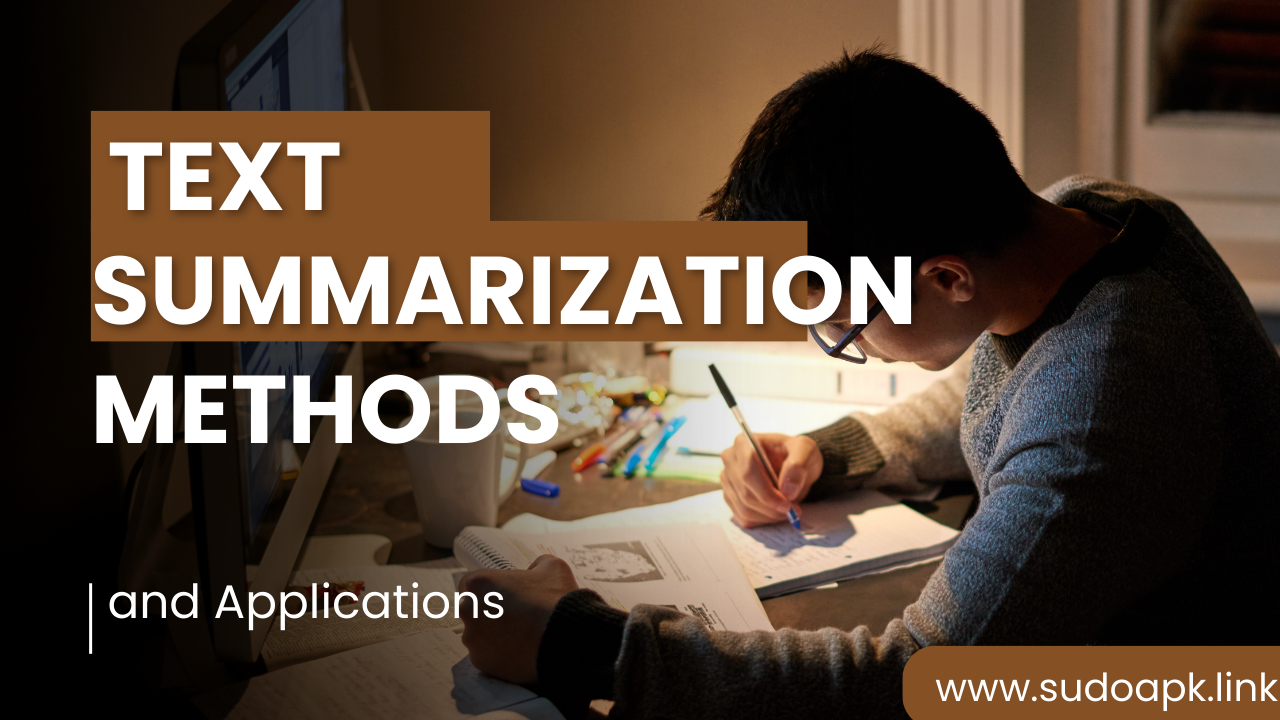

Text Summarization: Methods and Applications
Text summarization refers to the technique of programmatically generating compact representations that express the most important or relevant information from lengthy text documents. It enables accelerated sense making for humans across large volumes of content.
In this comprehensive guide, we will cover standard approaches, real-world applications, metrics, challenges and the roadmap for text summarization by analyzing recent advances and innovation opportunities.
Introduction to Text Summarization
Text summarization algorithms generate concise and coherent summaries while preserving key details and overall meaning from documents spanning books, news articles, scientific papers, case reports, financial statements, webpage content, social media posts and electronic health records by relying on:
Statistics
Frequencies of word and phrase usage determine salient points. Clustering patterns map to topic sentences using similarity metrics.
Linguistics
Parts-of-speech tagging identifies subjects, objects and sentiment. Section forecasting scans document structure. Anaphora resolution connects entities to descriptors.
Graph Theory
Lexical chains track inter-related concepts. Knowledge graphs encode semantic connections between entities through links.
By combining these techniques from information retrieval and natural language processing, text summarization distills source content programmatically saving human effort while accelerating document comprehension.
Two dominant approaches drive modern methods which we will compare next.
Comparing Key Summarization Approaches
Text summarization relies on extraction and abstraction techniques:
Extractive Methods
Important segments like sentences and paragraphs get programmatically identified and compiled from the original text body without modification acting like a highlighter for salience.
Abstractive Methods
Semantic concepts within documents get interpreted using natural language generation techniques to produce novel sentences comprising the summary allowing paraphrasing ideas in new phrases.
| Extractive Summarization | Abstractive Summarization | |
|---|---|---|
| Techniques | Statistical selection based on word frequencies, page ranks. | Deep learning seq2seq, language models |
| Data Fidelity | Verbatim segments amplify specificity and fact consistency retaining source expressions. | Ideas get restated and condensed freely in new sentences through generalization. |
| Readability | Rapid relative to full text given curation of highlights but possibly abrupt given disjointed extraction across document lacking smooth flow. | Summaries appear more cohesive in flow and bridges continuity gaps though at risk of hallucinated phrases through generalization. |
| Use Cases | Legal contracts, clinical studies, financial reports demanding high integrity. Augments human review. | Newswire, social media and webpage summarization for speed reading where gist suffices allowing fast preview. |
Both approaches have merits suited for different needs. Let's analyze trending applications next that generate value from text summarization.
High Value Applications of Text Summarization
Automated text condensation assists various domains through:
Business Intelligence
Taming lengthy market reports, financial filings, sales literature and competitor websites into summaries provides execs speedy insights on priorities using natural language generation while reducing data fatigue.
Legaltech
Discovery involving lengthy contracts, outdated bylaws and historical filings gets accelerated by extracting obligation timelines, change nature and party dependencies without needing to parse verbose legal language manually.
Healthcare
Patient health records spanning years reduce to diagnostic highlights, medication changes and test value shifts boosting provider productivity while clinical trial papers summarize rapidly aiding medical researchers keep up with publications.
Governance
Policy analysis for laws, lengthy bureaucratic processes and public consultation feedback gets assisted through autogeneration of regulatory summaries, enhancing transparency for citizens while reducing compliance overheads for corporations.
Edtech
Lecture transcripts and dense study material get reduced to extracts augmenting recall for students and offering reference content for assessments leveraging pedagogical analytics on sections considered foundational by educators.
Applications span industries given digital knowledge proliferation enabling data-driven decisions if harnessed wisely. Summarization makes natural language understanding tractable. But capturing semantics reliably remains complex. Let's analyze pivotal techniques next.
Emerging Techniques Advancing Summarization
Key innovations slowly overcome classical limitations:
Neural Networks
Seq2seq architectures like transformers using self-attention drew global context from documents enabling improved readability and reduced repetition over earlier statistical methods.
Content Selection
Multi-document input provides comparative signal on salient entities and diversity of expressed opinions strengthening factual consistency over single source sexualization.
Anaphora Resolution
Linking pronouns to referenced named entities throughout lengthy texts using co-reference chains reduces ambiguity on identified topics for coherent flowing summaries.
Graph Representation Learning
Modeling documents as knowledge graphs encodes semantic relations between entities explicitly helping preserve factual accuracy during condensation avoiding distortion risks in abstraction.
Together these techniques expand the horizon on responsible text summarization. Let's analyze trends next.
The Road Ahead for Text Summarization
Several advances improve automatization capabilities:
Evaluation Rigor
Better alignment of statistical metrics like ROUGE with human evaluations on coherence, accuracy and completeness removes inertia towards adopting language AI. Shared benchmarks help too.
Multimodal Context
Jointly representing images, audio, videos and text better leverages correlations across media types for identifying salient signals and events. This reduces ambiguity while improving summary comprehensiveness.
Background Inclusion
Reading level adaptation allows tailoring text reduction to reader expertise while introductory preamble generation gives definitions around topic-specific concepts enabling universal education access.
Responsible AI
Techniques like noise injection, causality learning and algorithmic recourse embed trust while participative iteration channels drive continuous enhancement upholding transparency standards on automation.
In summary, text summarization drives efficiency gains across document-intensive domains though achieving universality needs participative design. Combining representation learning with accountability principles can responsibly advance this capability serving every user equitably.
Key Takeaways on Text Summarization
- It accelerates sense making from lengthy documents across news, research papers, health records, financial reports and web content through concise summaries.
- Extractive techniques compile salient verbatim excerpts while abstractive methods generate new sentences describing ideas using natural language generation.
- Applications span business intelligence, legal discovery, patient diagnosis and public policy analysis driving productivity.
- Advances in transformer architectures, knowledge graphs, multimodal context and evaluation rigor improve language generation capabilities.
- Techniques like causality learning and participative iteration will make solutions more ethical.
We hope this guide offered useful frameworks to apply text summarization within your workflows while upholding accountability standards as language automation advances.
Frequently Asked Questions on Text Summarization
Q: How accurate are text summarization algorithms?
State-of-the-art transformer models approach near 80% on average reducing unique human effort needed for gisting documents for efficiency though remain unlikely to replace manual review given factual nuance variance.
Q: What domains rely extensively on text summarization?
Publishing, journalism, research, governance, regulatory compliance, business strategy, customer support and electronic health records leverage text summarization for discovery efficiency given increasing knowledge intensity across sectors though spoofing risks necessitate vigilance.
Q: How do text summarization systems handle bias?
Rigorous testing across demographics, reporting model confidence thresholds and enabling participative feedback to enhance fairness remains vital as historical encoding biases could propagate accidentally otherwise until robustness matures across inclusive diversity.
Q: What breakthrough catalyzed recent progress in text summarization?
Self-supervised learning based on language modeling objectives using contrastive methods that predict masked words relying solely on unlabeled corpus like Wikipedia created foundation models like BERT which transfer readily to downstream summarization tasks through fine-tuning significantly advancing capability.
Q: How can blockchains improve text summarization?
Immutable records like patient diagnosis timeline summaries generated via private smart contracts allowBoth suppliers and consumers to access derived trusted insights from documents without revealing raw data improving transparency while incentivizing collective intelligence growth.
In summary, text summarization pioneer techniques balance language understanding and judgment accuracy for reliability. Mainstream adoption warrants participative iteration channels as capabilities accelerate to responsibly serve user needs equitably.
Popular articles
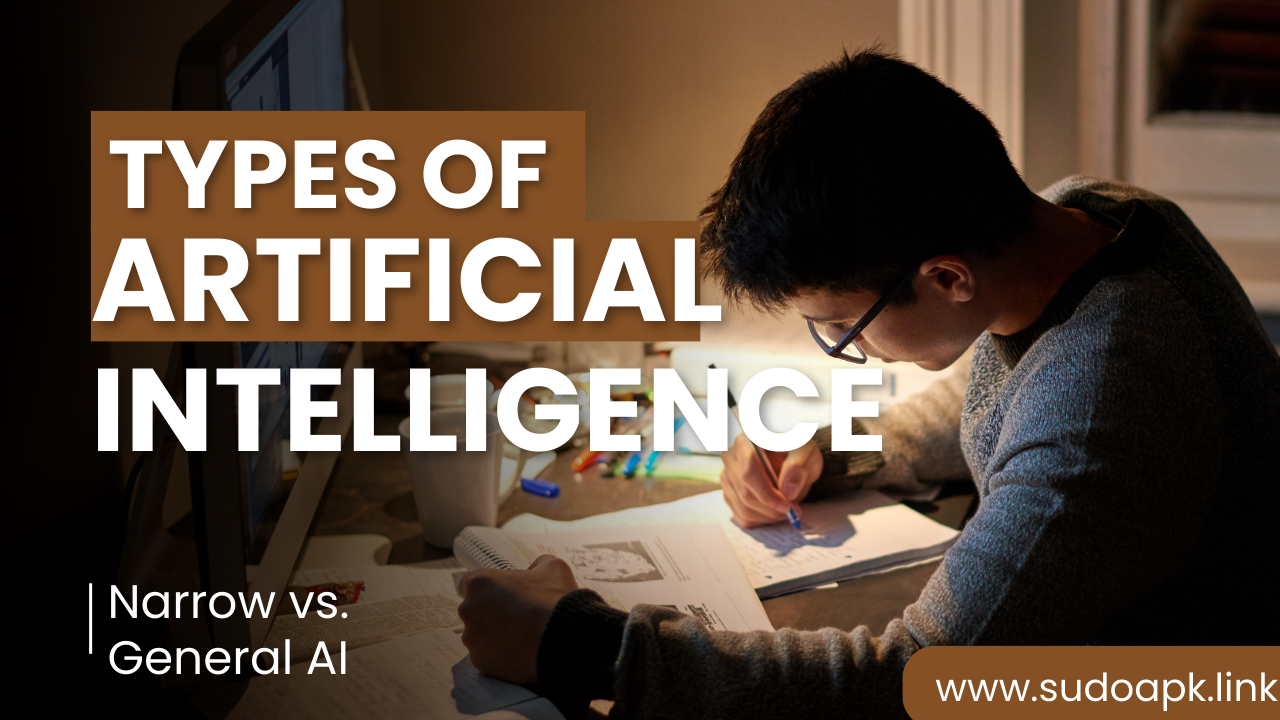
Dec 31, 2023 07:04 AM
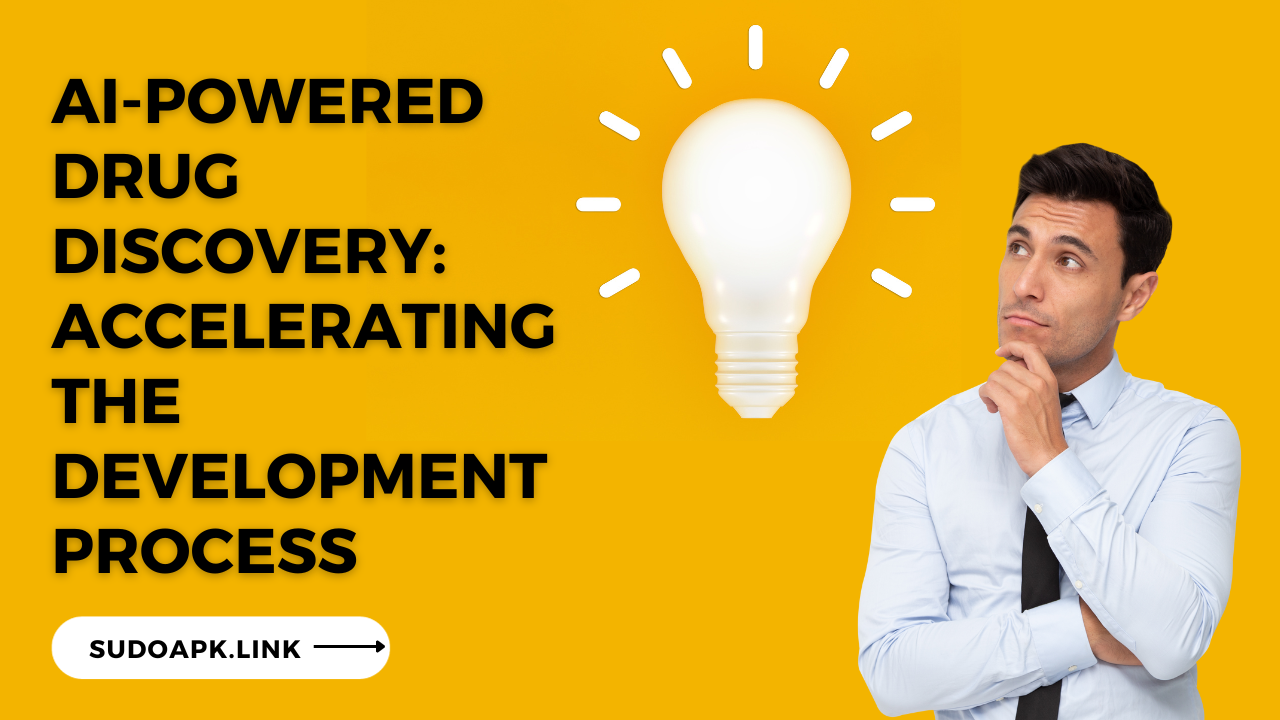
Jan 06, 2024 06:56 AM
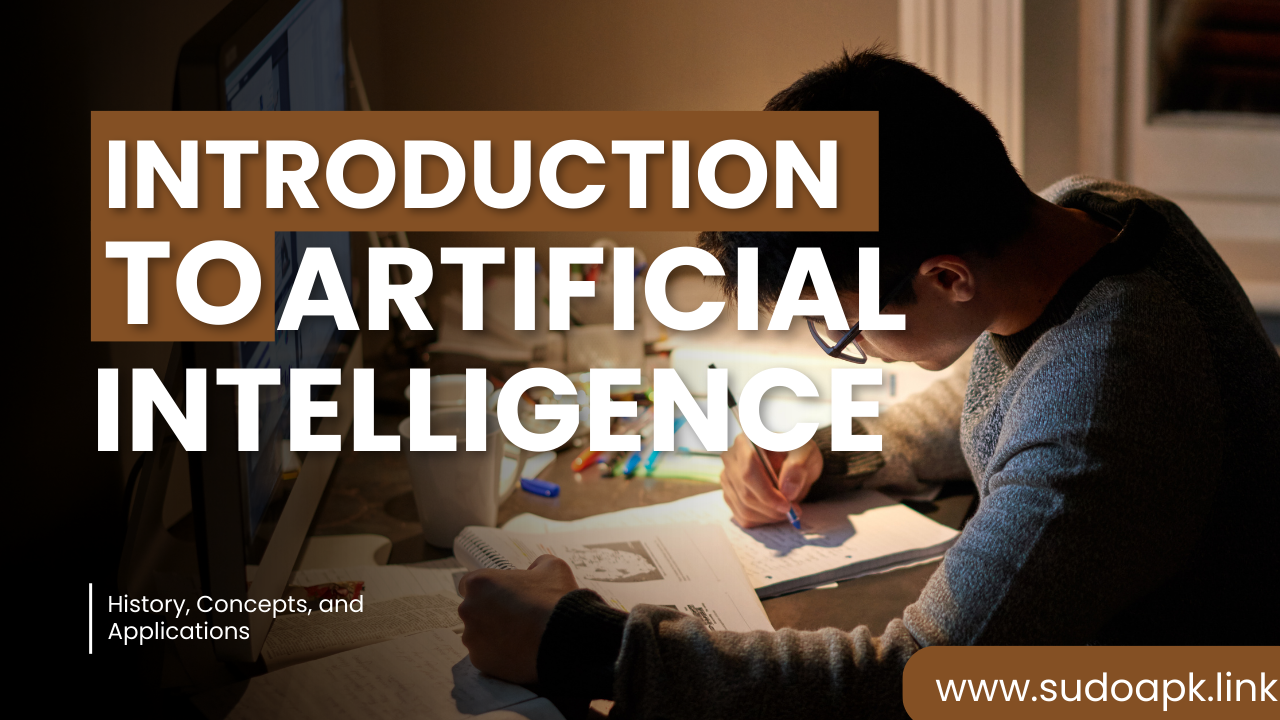
Dec 31, 2023 06:48 AM
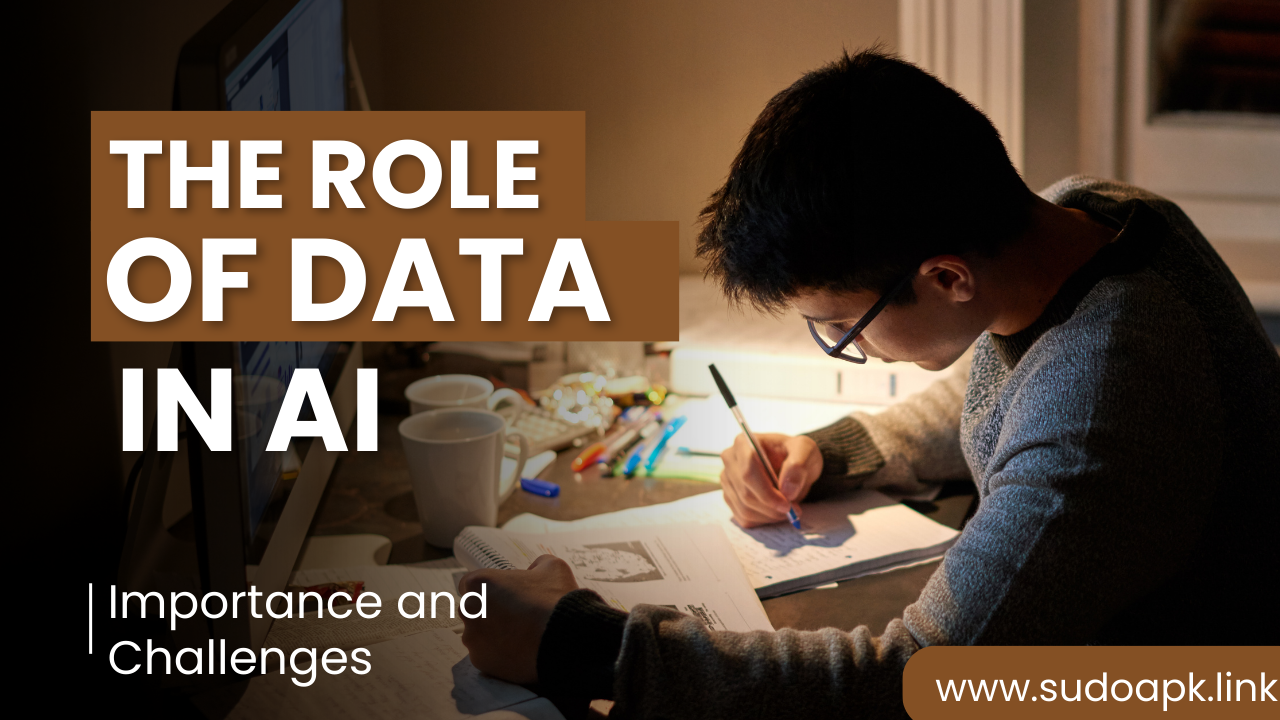
Dec 31, 2023 07:22 AM
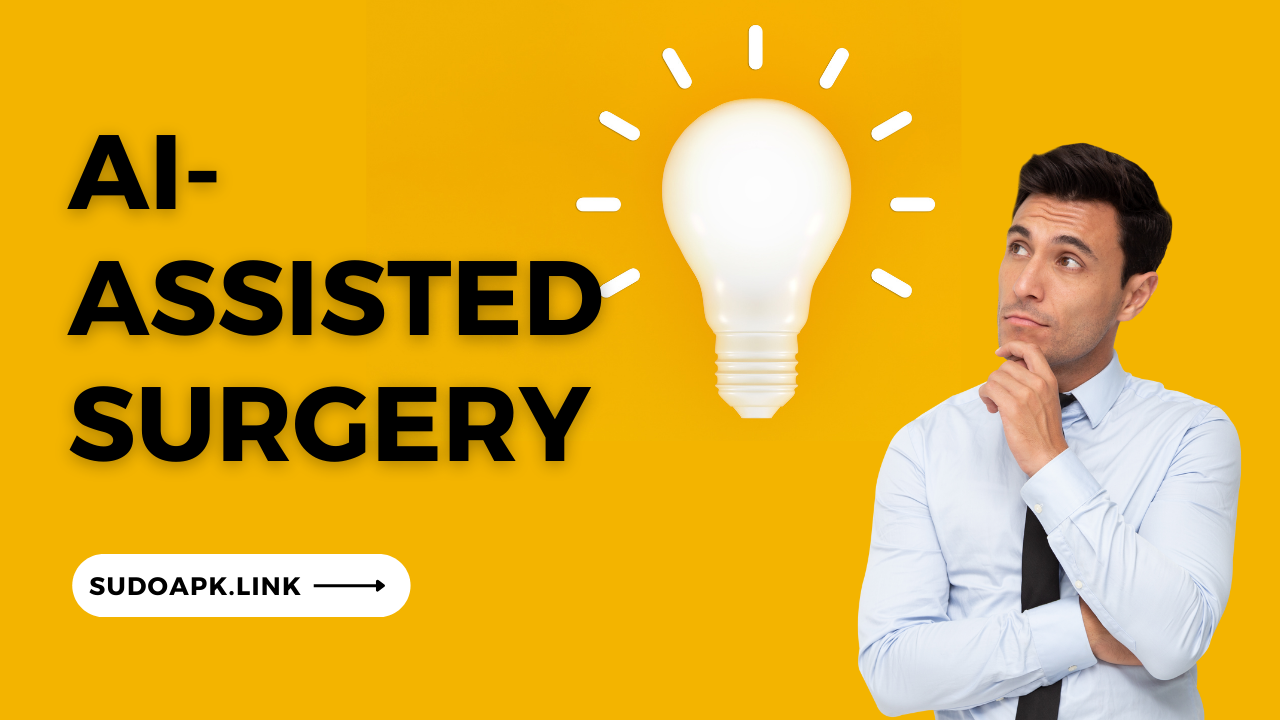
Jan 01, 2024 09:54 PM
Comments (0)